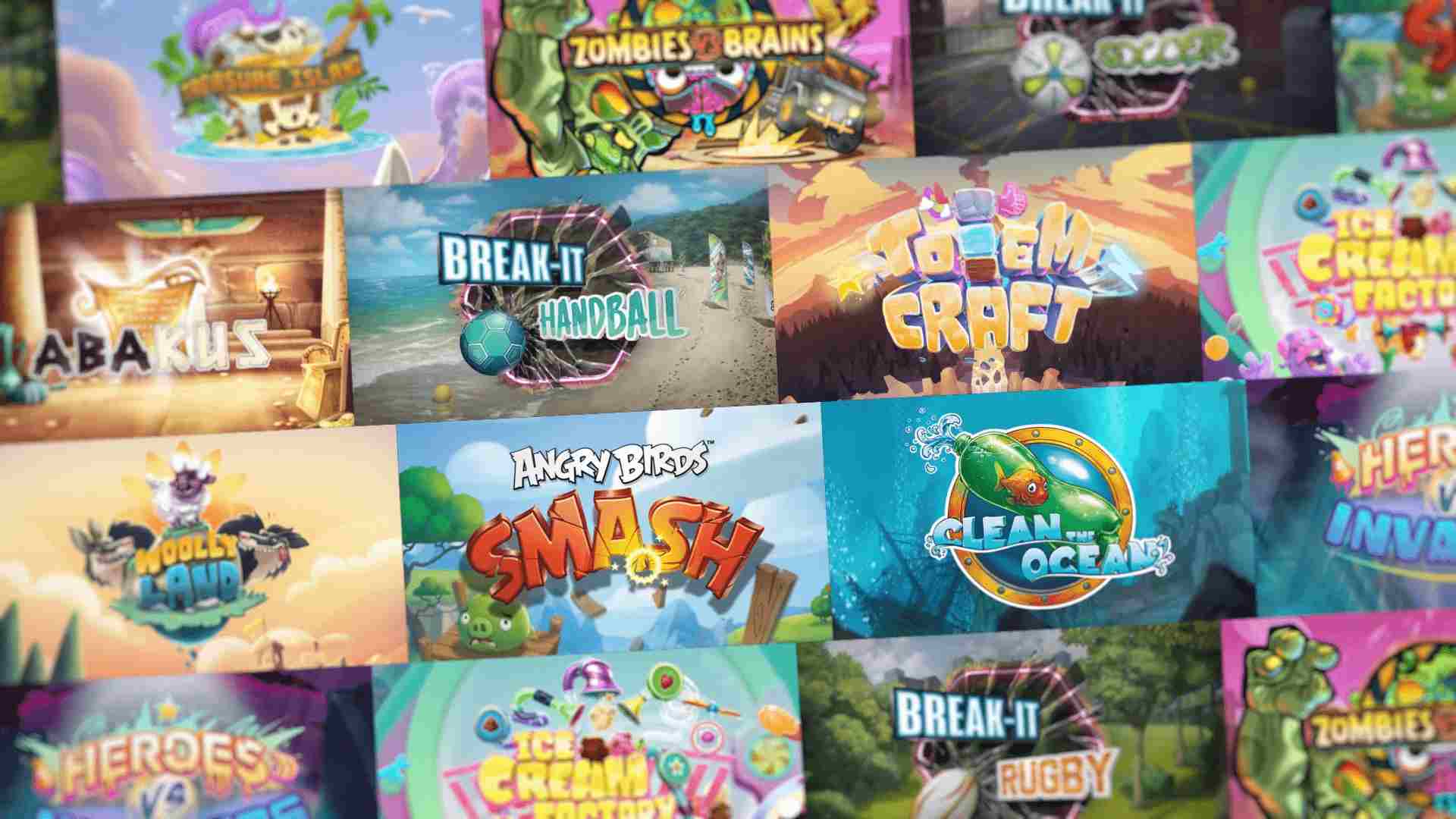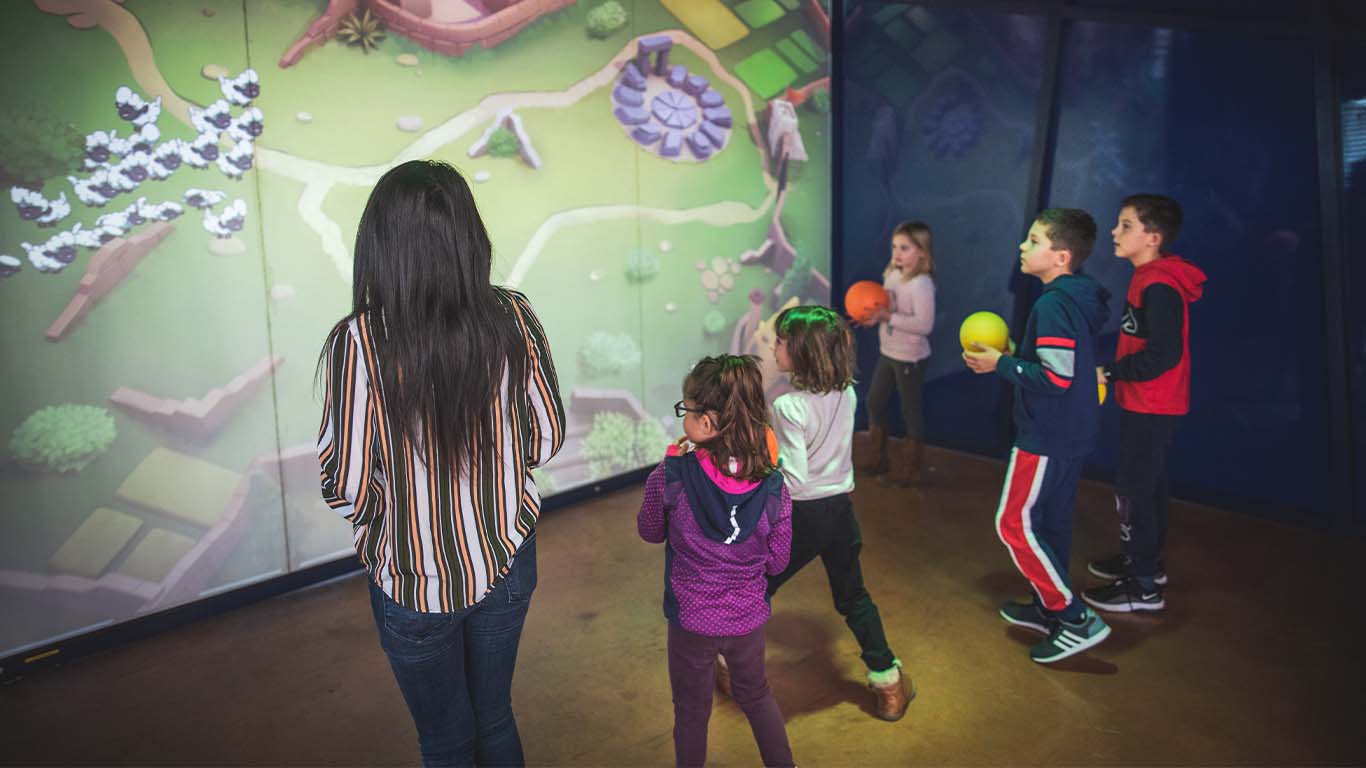Evolving technologies and their integration into learning
Educational technologies have progressively transformed the way students learn and teachers transmit knowledge. From the first classroom computers to online learning platforms, their integration into education has intensified, making teaching more interactive and accessible. Today, they enable each learner to follow his or her own pace, while facilitating access to a variety of teaching resources.
According to UNESCO, these tools play an essential role in reducing educational inequalities, particularly in isolated areas.
Source: Global education monitoring report 2023. Technology in education: a tool on whose terms?
The health crisis has accelerated the growth of educational technologies: by 2023, an estimated 1.6 billion students will have had their schooling disrupted, forcing a massive adaptation to distance learning solutions. This transition has highlighted the need for optimal supervision to ensure that the full potential of digital tools is exploited, without suffering the consequences.

Is technology a barrier to learning?
While digital tools offer many opportunities, they also raise questions! Particularly as regards their effects on concentration, cognitive development and access to equitable education.
Distraction and loss of concentration
Digital technology in the classroom can be a double-edged sword. On the one hand, it captures attention; on the other, it can become a major source of distraction. Social networks, notifications and constant solicitations are all detrimental to student concentration. According to a study by Common Sense Media, young people spend an average of 8 hours a day in front of a screen, which impacts their ability to maintain their attention on a prolonged task.
Unequal access
The integration of educational technologies also depends on equity of access. In rural or disadvantaged areas, infrastructures are sometimes insufficient, limiting the use of these tools. In France, nearly 30% of rural schools do not have optimal access to digital resources, widening the gap between students.
The benefits of technology for education and learning
Despite these limitations, interactive technologies offer innovative solutions for modernizing learning and developing new skills through gamification.
Read our dedicated article to understand the concept of gamification

Improved access to information
The evolution of the web has radically transformed access to information and the way we learn.
From the first static educational websites to today's interactive platforms andartificial intelligence tools, the web has democratized education by making learning accessible to everyone, everywhere.
Search engines like Google and educational video platforms like YouTube play a central role in this transformation. By 2022, 85% of teachers were using online resources to enrich their lessons, according to the OECD. This includes videos, articles, forums and tutorials that enable students to deepen their knowledge outside the traditional school setting.
MOOCs (Massive Open Online Courses), which emerged in the 2010s, have made education more inclusive. Today, over 25 million people take online courses every year, demonstrating the scale of this global trend.
Personalized learning
Artificial intelligence and adaptive software offer tailor-made teaching, adjusted to the needs and pace of each student. EdTech Magazine reveals that 73% of teachers see these tools as beneficial for improving student understanding.
Edutainment: learning while having fun
Integrating play into learning, through gamification andedutainment, promotes student engagement and improves knowledge retention. A Stanford University study showed that students engaged in playful activities retained 25% more information.

Examples of the use of educational technologies
Educational technologies are transforming learning by providing greater accessibility, personalizing teaching, and increasing learner engagement.
Thanks to the rise of online learning platforms, digital collaboration tools and immersive technologies(interactive wall, virtual reality, educational games, online sites, learning and knowledge applications or games such as general knowledge tests, interactive quizzes, etc.), education is becoming more flexible, interactive and adapted to the specific needs of each student.
E-learning platforms
Online learning platforms like Khan Academy and Coursera are revolutionizing education by making learning accessible to everyone, regardless of location. Khan Academy offers a vast library of free resources covering subjects from mathematics to the humanities.
Meanwhile, Coursera, a platform offering courses from the world's leading universities and institutions, has grown exponentially.
By 2022, over 120 million students worldwide were using Coursera, demonstrating the importance of these platforms in modern education. Online education breaks down geographical barriers and makes courses more accessible and flexible, offering new learning opportunities to millions of people.
Applications, puzzle or educational games
Educational apps offer a fun and effective way to learn. An excellent example is Duolingo, which enables users to learn foreign languages through an interactive, gamified approach.
Today, Duolingo has over 500 million users worldwide. This application is a model of the effectiveness of gamification in education. It encourages users to practice regularly, using game elements such as points, levels and rewards.
In addition, applications such as Quizlet or Kahoot! use interactive quizzes and review games to reinforce students' knowledge in a fun way. These tools, often used in the classroom or remotely, promote active learning and enhanced memorization.
Interactive and immersive technologies
Interactive whiteboards and augmented reality (AR) bring an immersive and engaging dimension to learning.
Interactive whiteboards, now commonplace in modern schools, enable teachers to integrate multimedia content into their lessons and create interactive experiences. According to a study carried out by Promethean World, 78% of teachers believe that these tools improve classroom participation and make learning more dynamic.
Augmented reality goes even further, superimposing virtual elements on the real world to create immersive learning environments. For example, applications such as Google Expeditions allow students to "travel" to historic sites or explore the solar system, offering a rich and captivating learning experience.
At NeoXperiences, we go one step further by integrating educational games into interactive solutions. Our games are designed to stimulate children's cognitive functions while having fun, combining reflection, motor skills and interactivity. In our case, this means using an immersive, interactive wall to create activities that combine play and reflection, as well as sports activities:
- problem-solving
- team coordination
- stimulate body and mind
- precision games

Digital collaboration tools
Digital collaboration tools like Google Classroom have revolutionized the way teachers and students interact. Google Classroom makes it easy to manage assignments, grades and exchanges between students and teachers. By 2021, Google Classroom had more than 150 million active users worldwide, making it one of the most popular platforms in the education sector. These tools not only enable centralized task management, but also promote seamless, real-time collaboration between the various players involved in learning.
In addition to Google Classroom, tools such as Microsoft Teams for Education and Slack are also used to facilitate communication and resource sharing within schools. They enable students to work in groups, exchange ideas and collaborate on projects effectively, while being geographically separated.
Outdoor activities combining play, socialization and learning
Example 1: interactive puzzle games
Interactive educational games, like those developed by NeoXperiences, are designed to stimulate cognitive abilities while offering an immersive and engaging experience. By combining logic, coordination and strategy, these games enable children to develop essential skills while having fun. Physical movement coupled with problem-solving encourages better assimilation of concepts.
Example 2: Educational escape games
School escape games are an effective way of encouraging collaboration and critical thinking. Immersed in a captivating plot, students must analyze clues, solve puzzles and cooperate to move forward. A study by Université de Laval revealed that 92% of teachers using this approach observed a marked increase in student participation and involvement.
Conclusion
Educational technologies are powerful tools that, when used properly, enrich the learning experience. They offer unlimited access to knowledge, encourage interactivity and foster student autonomy. However, their integration must be carefully thought through to avoid abuses and ensure a balance between digital and traditional learning.
DISCOVER OUR INSTALLATIONS AT GAMES INTERACTIVE GAMES
Other posts
Our interactive, immersive play areas are ideal for hotels, parks, shops and restaurants. A fun experience for young and old.
Caen-based company selected to join Europe's first incubation platform dedicated to sport
In a totally immersive and interactive way, discover a whole new way to play Angry Birds!







